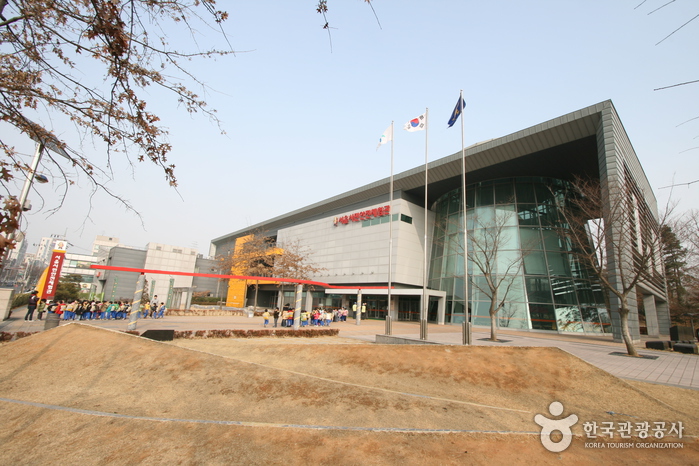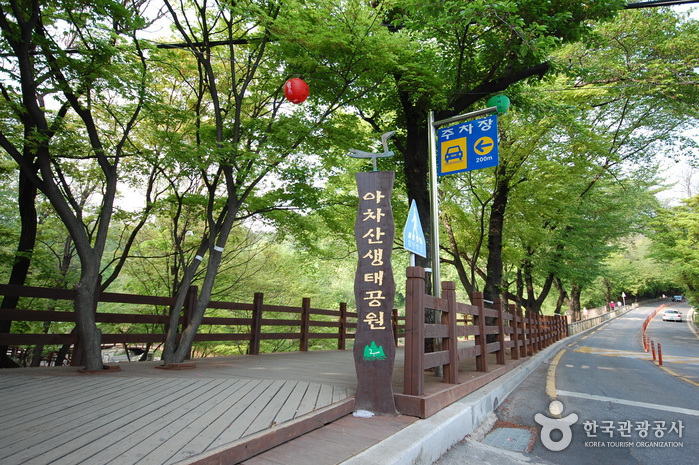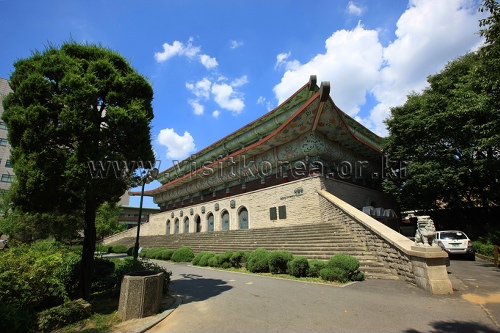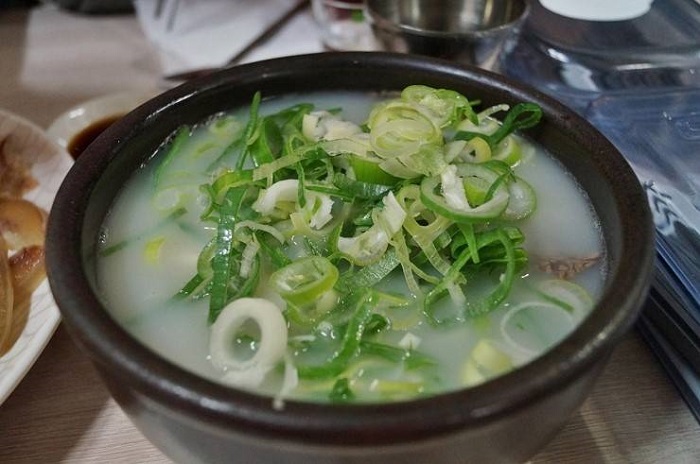Lotte Mart - Samyang Branch [Tax Refund Shop] (롯데마트 삼양점)
6.4Km 2024-04-22
247, Samyang-ro, Gangbuk-gu, Seoul
-
LG Best Shop - Byeollae Branch [Tax Refund Shop] (엘지베스트샵 별내점)
6.4Km 2024-04-18
337, Sunhwagung-ro, Namyangju-si, Gyeonggi-do
-
Gwangnaru Safety Experience Center (광나루안전체험관)
6.4Km 2025-03-29
238, Neungdong-ro, Gwangjin-gu, Seoul
+82-2-2049-4061
Gwangnaru Safety Experience Center was founded in 1999 after two fire accidents in which many children lost their lives. These tragedies emphasized the necessity of establishing a disaster training center for common citizens.
Gwangnaru Safety Experience Center is a three-story building with one basement floor, covering an area of more than 5,000 m². The basement floor includes a small theater. The first floor is set up for natural disaster training and consists of an orientation hall, storm simulation training room, earthquake simulation room, computer tests on fire safety knowledge and others. The second floor is a place for artificial catastrophe training. It consists of a smoke escape training room, fire extinguisher training room, first-aid (CPR) training room and practice place for calling 119. The third floor is used for rescue training and consists of a rescue training room, screening room, training for professionals and video examples of the five biggest disasters that have occurred in Seoul. Overall there are about 20 training areas established, so citizens can experience the imitation of a disaster by themselves and learn easily and in an interesting way how to cope with a disaster.
Achasan Ecological Park (아차산생태공원)
6.4Km 2021-05-14
127, Walkerhill-ro, Gwangjin-gu, Seoul
+82-2-450-1655
Achasan Ecological Park was established under the Seoul Metropolitan Government's Five Year Plan for Urban Green Expansion. Through various events and activities, the park provides opportunities to experience and learn about nature and its ecology. Major facilities include Eco Park, Rendezvous Square, Red Clay Road, Barefoot Path, Pine Forest, Mineral Spring, Eco Trail and pergolas.
Sejong University Museum (세종대학교 박물관)
6.4Km 2022-09-16
209, Neungdong-ro, Gwangjin-gu, Seoul
+82-2-3408-3876
Sejong University Museum exhibits folk art, wooden crafts, clothing, accessories, pottery, paintings and calligraphy collected for over 40 years by the couple who founded the present day Sejong University, Dr. Ju Young-ha and Dr. Choi Ok-ja. This museum has its origins in the Soodo Gallery, which was built in Chungmuro, the campus’ original location, in 1959. Needing more space to house additional artifacts, the museum moved to its current location, which first opened on May 5, 1973 in a four-story concrete building inspired by traditonal tower design from the Baekje era. This building was later expanded on May 20, 1977.
After the university’s name was changed to Sejong University in 1979, the museum was also renamed the Sejong University Museum. The museum showcases unique artifacts to both scholars and students from home and abroad in contribution to the research of Korea’s culture, arts, and archeology.
Olive Young - Sungshin Women's University Station Branch [Tax Refund Shop] (올리브영 성신여대입구역점)
6.5Km 2024-06-27
9, Arirang-ro, Seongbuk-gu, Seoul
-
Innisfree - Sinseol-dong Station Branch [Tax Refund Shop] (이니스프리 신설동역)
6.5Km 2024-04-17
1F, 20, Wangsan-ro, Dongdaemun-gu, Seoul
-
Universal Arts Center (유니버설아트센터)
6.5Km 2024-03-19
664 Cheonho-daero, Gwangjin-gu, Seoul
Universal Arts Center, inaugurated in 1981, stands as a prominent venue for performances. Renowned for its splendid and classic architectural interior, it is celebrated for its distinctiveness. Its main facilities include the Grand Theater, the Luna Hall capable of accommodating up to 300 guests for banquets, and an audience lounge. It serves as a harmonious space where performance venues, artistic community, and art educational institutions converge. Here, visitors can enjoy a diverse array of performances ranging from ballet and musicals to concerts.
PENELOPE (페넬로페)
6.5Km 2021-03-26
1, Nohae-ro 8-gil, Gangbuk-gu, Seoul
+82-2-908-0298
It has a large space and an outdoor terrace. This restaurant's signature menu is pizza. This Western dishes restaurant is located in Gangbuk-gu, Seoul.
Jinguk Seolleongtang (진국설렁탕)
6.5Km 2021-03-29
293, Gosanja-ro, Seongdong-gu, Seoul
+82-2-2292-4700
It is a store that’s open 24 hours a day. This Korean dishes restaurant is located in Seongdong-gu, Seoul. The most famous menu is ox bone soup.
![Lotte Mart - Samyang Branch [Tax Refund Shop] (롯데마트 삼양점)](http://tong.visitkorea.or.kr/cms/resource/54/2887854_image2_1.jpg)
![LG Best Shop - Byeollae Branch [Tax Refund Shop] (엘지베스트샵 별내점)](http://tong.visitkorea.or.kr/cms/resource/88/2890288_image2_1.jpg)




![Innisfree - Sinseol-dong Station Branch [Tax Refund Shop] (이니스프리 신설동역)](http://tong.visitkorea.or.kr/cms/resource/30/2888030_image2_1.jpg)


 English
English
 한국어
한국어 日本語
日本語 中文(简体)
中文(简体) Deutsch
Deutsch Français
Français Español
Español Русский
Русский